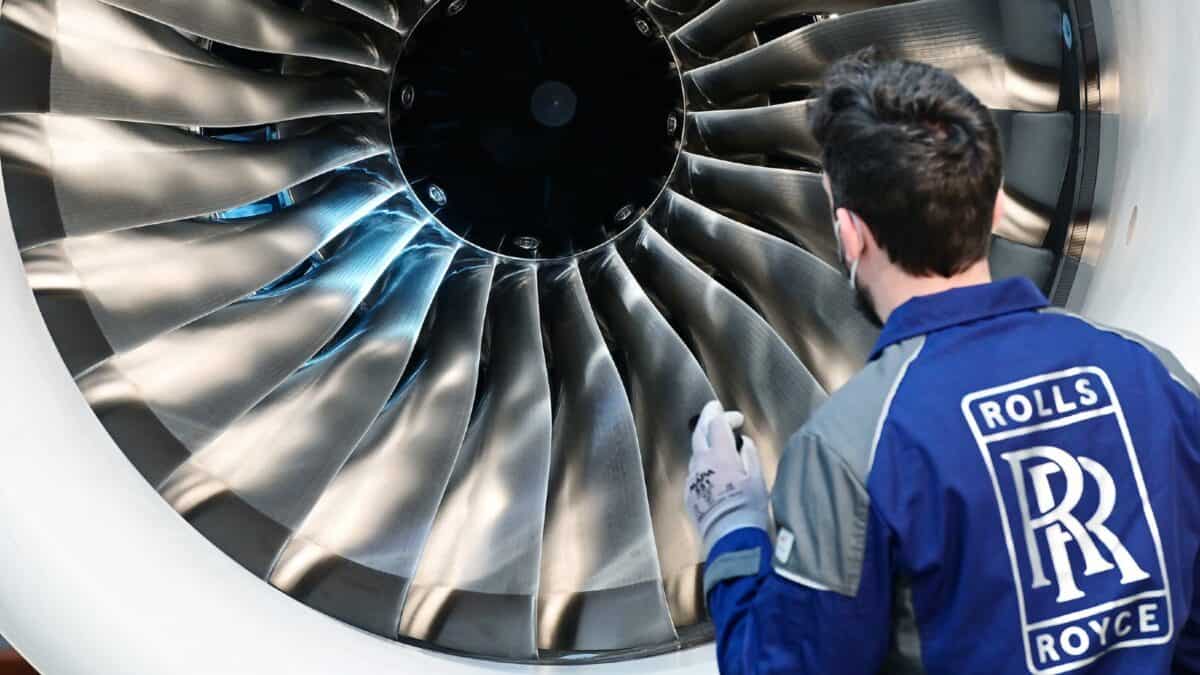I like a lot about Rolls-Royce (LSE: RR) and have owned the shares before now. But while I would be happy to become a shareholder again if the right opportunity arose, I have no immediate plans. Instead, I am waiting for a lower Rolls-Royce share price before buying – much lower, in fact.
Remarkable performance in recent years
To start, I ought to acknowledge that the past couple of years have been nothing short of remarkable for shareholders in the blue-chip FTSE 100 company.
In 2023, it was the best performer of any FTSE 100 share. Last year it came close to taking that title again (though IAG beat it).
Over the past five years, the share is up 144%. Five years ago, though, it had not yet been rocked by the pandemic-era travel restrictions and their effect on civil aviation demand.
Since October 2020, by contrast, the Rolls-Royce share price has soared by 1,322%.
However, past performance is not necessarily an indication of what to expect in future. That is where my concern about adding the share to my portfolio at the current price comes in.
Solid fundamentals but a challenging business space
Part of the investor optimism about Rolls reflects the company’s strengths.
It operates in a business area that benefits from high barriers to entry: few firms have Rolls’ technical know how.
Its large installed customer base is another commercial advantage. Buying an engine that may run for decades is only the start of an aircraft owner’s expenditure. It will also need to be serviced repeatedly and in many cases, owners prefer the servicing to be done by the company that made the engine in the first place.
So far, so good. On top of that, Rolls is benefiting from booming demand in the defence sector and could also see growth in its power business over years to come.
But I see a big challenge with the core civil aviation space and it is one that is largely outside the company’s control.
Consider the reason for that 2020 slide in the share price – and others before it, such as following the 2001 US terrorist attacks. Demand for civil aviation can plunge overnight for reasons largely or wholly outside an airline’s control, let alone an engine maker.
Why I don’t like the price
So while in principle I would be happy to buy Rolls-Royce shares again, I want to buy at a price that gives me a margin of safety I feel is big enough to reflect that risk of suddenly plummeting civil aviation demand.
After the surge in recent years, the current Rolls-Royce share price-to-earnings ratio of 21 does not give me what I think is a big enough margin of safety for comfort.
The price could go even higher from here, I reckon, especially if management delivers on its ambitious financial performance targets.
If it does not, however, the share could crash – and I fear that could also happen if civil aviation demand suffers another big external shock.







